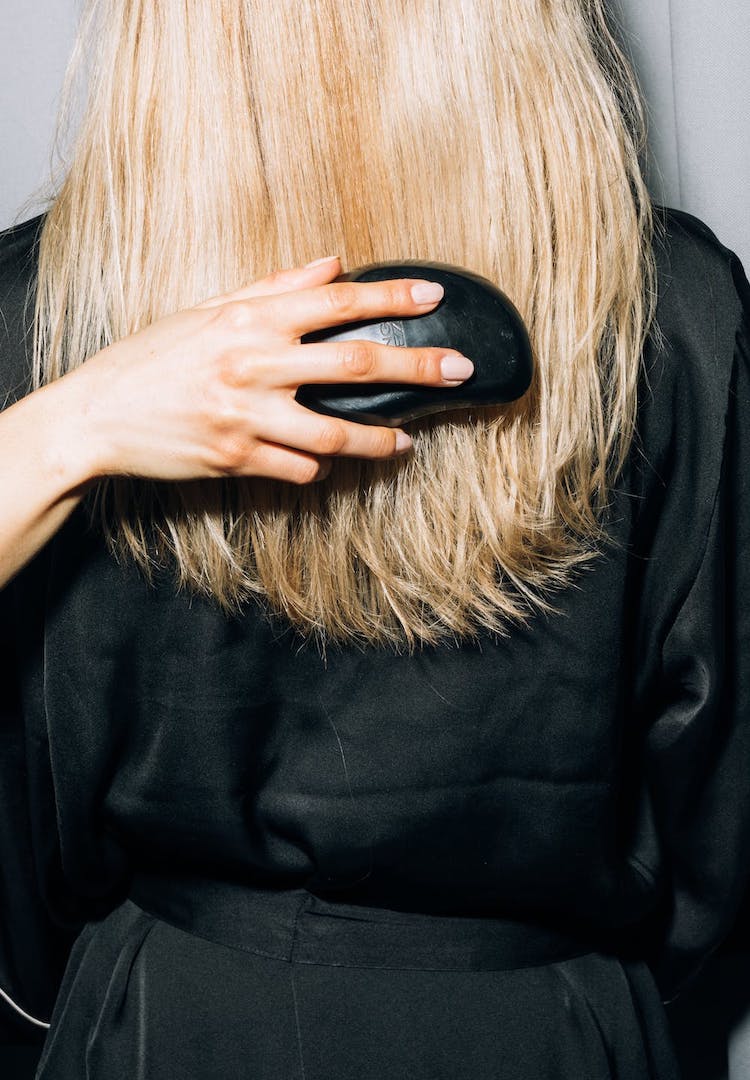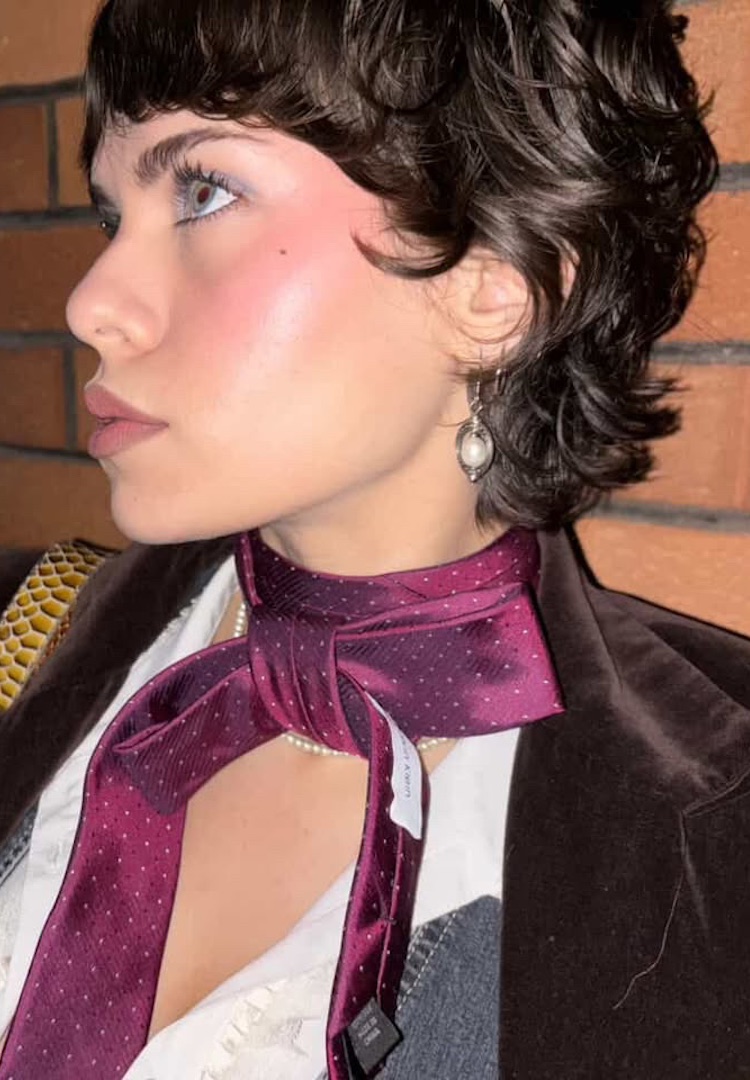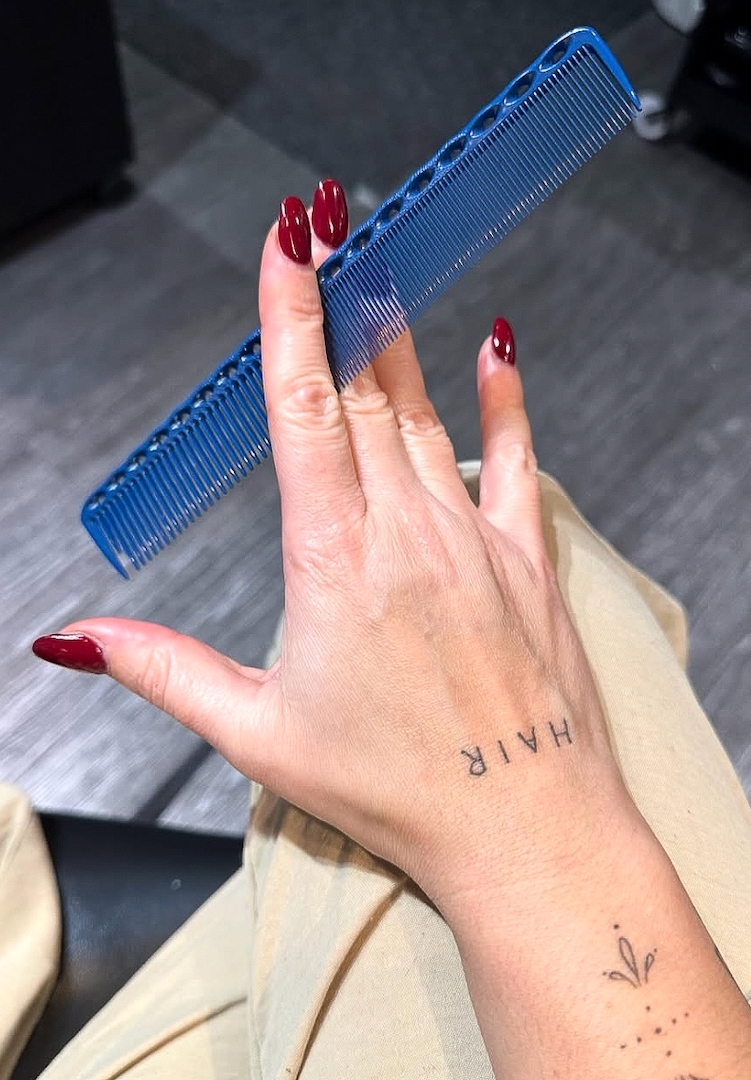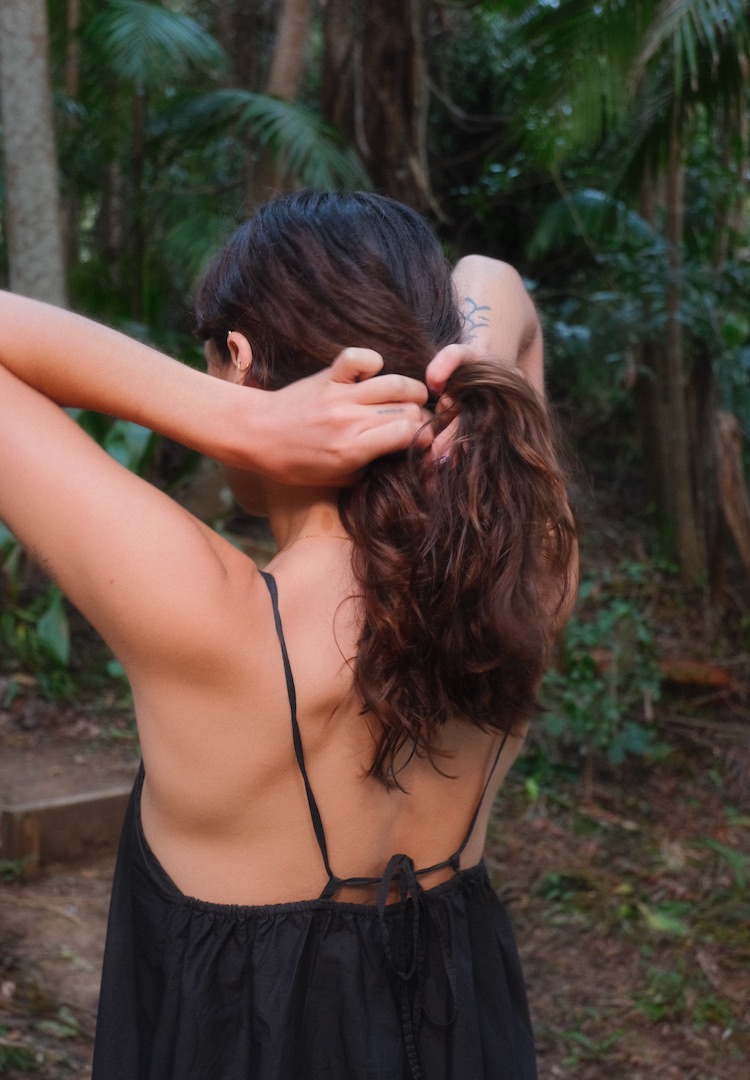The dirty truth: Your hairbrush could be sabotaging your hair health
Words by Emma Roberts
“Having focused for so long on reducing heat damage, I didn’t realise it was my hairbrush that could be ruining my hair.”
My hairbrush gets a fairly good workout. As a girl of convenience, a slicked-back bun or ponytail are regulars on my hairstyling roster, particularly mid-week when a sleep-in is prioritised over washing it. Following the final brush over and ensuring all of my flyaways are smoothed down, the base of my hairbrush is covered in a concoction of my products of choice from that morning and it’s usually a slippery mess.
Gross yes, but it also doesn’t stop me from repeating the same process the next day. I’ve also owned the same hairbrush since I was in high school and five years later, it’s safe to say my trusty brush is well past its replacement due date. So, when our Editor Cait received an email earlier this week about the harmful bacteria that reside in our hairbrushes and how they correlate with bad hair health, I shrunk into my chair.
We like nosy people. Don’t be shy, head to our Beauty section for more.
April Bonifazi, the Head of Education at ScissorTech Australia, assures me that the bacteria in our hairbrushes are not dangerous to our overall health but are integral to our hair health and scalp condition. Any worries surrounding the effects of this bacteria on my internal health were soothed but healthy hair is also typically one of the first things I notice on someone and I am personally trying to take better care of my own.
Having focused for so long on reducing heat damage and using salon-grade haircare products, I didn’t realise it was my hairbrush that could be ruining my hair. Product buildup, dead skin cells and harmful bacteria are all stored in the bristles of our brushes which then transfer back into our scalps and cause skin issues and hair breakage.
With good scalp health being the first step to luscious locks, this was particularly alarming. April suggests that on average, our hairbrushes “host up to 3,500 colonies of bacteria per square inch”. With a deep clean once a week, bacteria can be reduced and the overall health of our hair can improve, hair breakage will reduce and our hairbrushes will ultimately last longer (who knows, I could get another five years out of my hairbrush after all).
April tells me ScissorTech’s six-step hairbrush deep cleaning regime should be followed once a week to promote healthy scalp condition and to minimise bacterial growth. See below for the steps to give your hairbrush the clean it deserves.
- Remove the hair: Think of this as prepping your brush for the following steps. Remove as much hair from the brush as you can with your fingers or a comb. April also suggests using scissors if it’s really stuck in there.
- Prepare a cleaning solution: This doesn’t have to comprise of anything that won’t already be in your bathroom. Shampoo or dish soap will do a good enough job at removing product buildup, oil and dirt. Mix a few drops in with a warm basin of water.
- Soak the brush: The execution of this next step depends on what materials your brush is made from. For plastic-handled brushes with synthetic bristles, submerge the brush in the water for a few minutes. If your brush is wooden or made from natural bristles, refrain from submerging the brush at all. Instead, dip the bristles in the solution to avoid water seeping into the wood or natural fibres.
- Scrub the brush: Using an old toothbrush or something similar, gently scrub the bristles and base of the brush to break down any stubborn buildup or residue.
- Rinse: Rinse the brush thoroughly under running water, making sure that any soapy product you used in your initial solution is removed. Again, if your brush is made from wooden or natural fibres, avoid submerging the wooden handle or cushioned base as this may cause damage.
- Dry the brush: Shake off any excess water after the rinse step and lay the hairbrush bristles down onto a clean towel. Allowing the water to drain away from the base while the brush is faced down prevents it from getting waterlogged. It’s also important to ensure the brush is completely air-dried prior to using it again.
For the best hairbrush recommendations to avoid hair breakage, head here.













